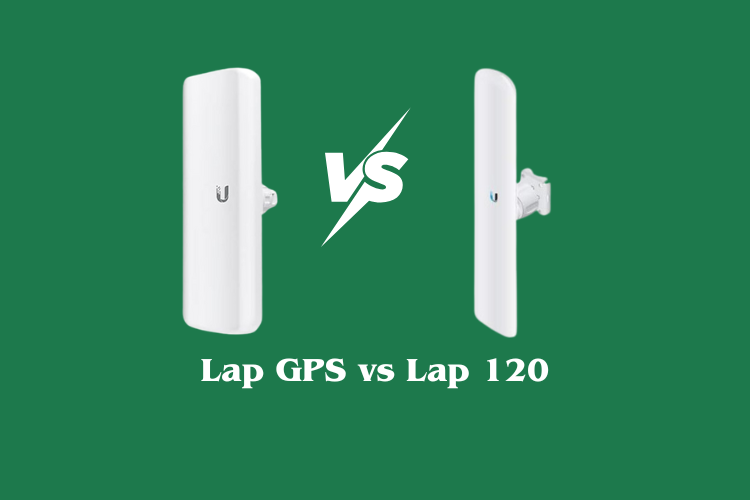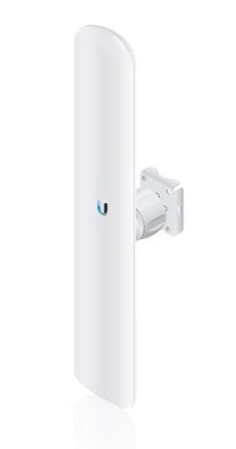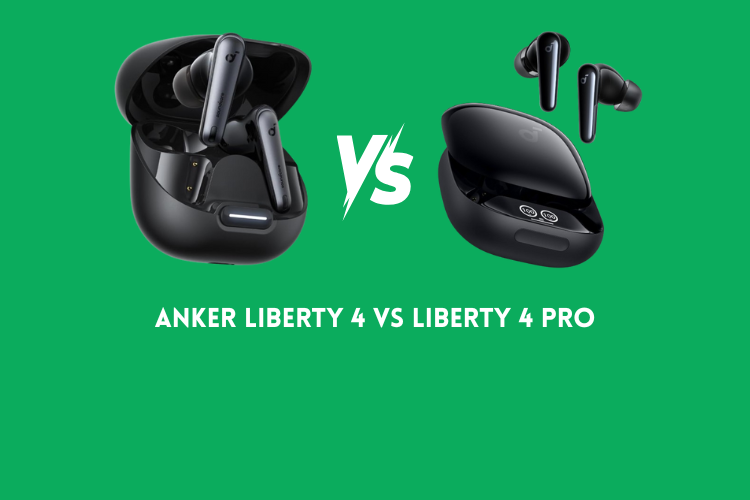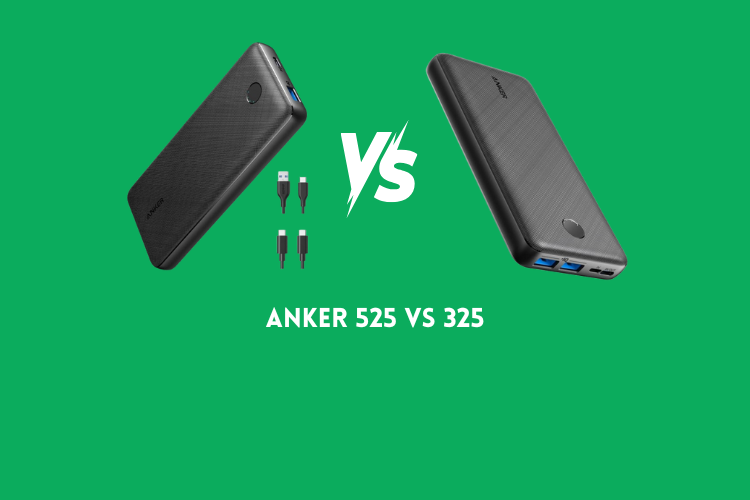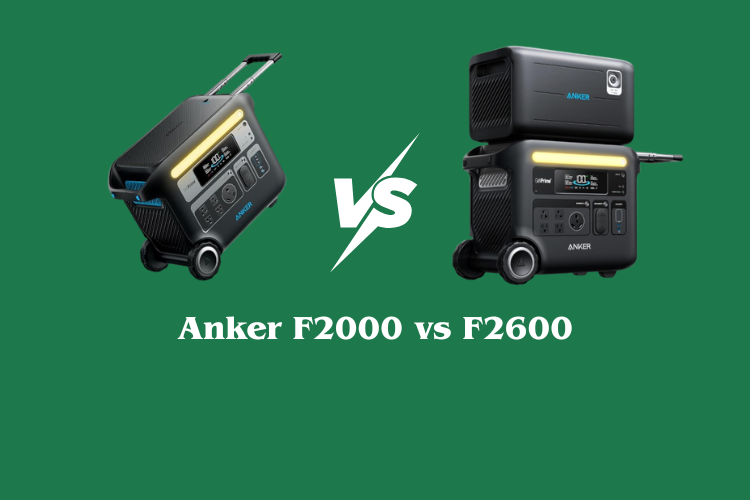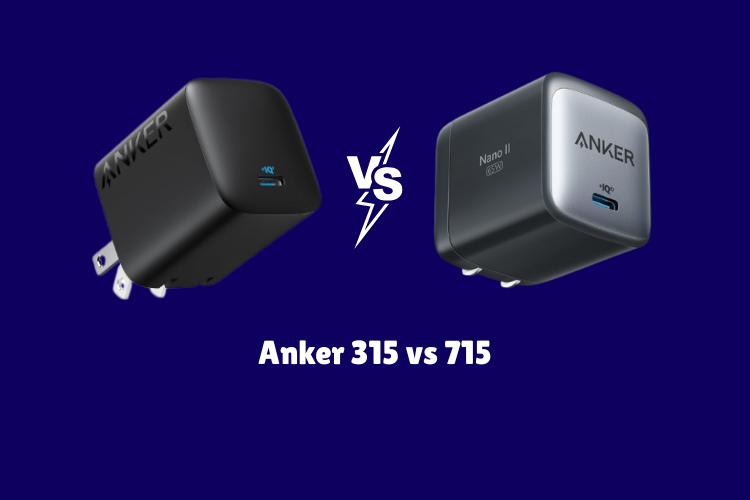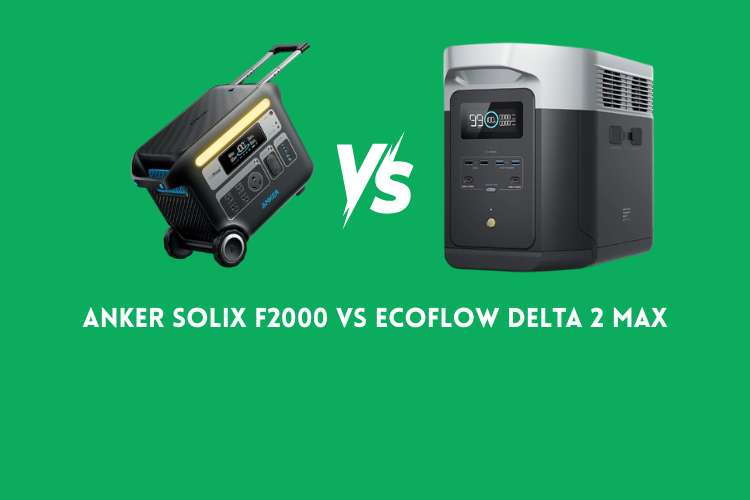Lap GPS vs Lap 120 – Which Tracker Leads the Way?
Tracking pets and loved ones requires accuracy and reliability. The Lap GPS and Lap 120 have emerged as popular options for those who want real-time location updates without compromise.
Each device brings unique features, performance levels, and price points, making the choice more than just a simple decision. The Lap GPS focuses on precise tracking and lightweight design, while the Lap 120 emphasizes battery life and extended coverage.
Understanding how these devices perform in real-life scenarios can help users select a tracker that fits their daily needs. Safety, convenience, and peace of mind play crucial roles in determining which model delivers the best value.
Exploring signal accuracy, durability, and ease of use offers insights into their strengths and weaknesses. This comparison uncovers the key differences and practical benefits of both devices, helping readers make an informed choice without relying solely on brand reputation or marketing claims.
Lap GPS vs Lap 120
Reliable wireless connectivity is critical for businesses, campuses, and outdoor deployments. Ubiquiti Networks offers two popular solutions: LAP GPS and LAP 120.
Both are designed for high-performance wireless networks but serve different purposes. Understanding their core capabilities, deployment requirements, and technical specifications will help you select the right device.
UbiquitiLAP-GPS-US Liteap GPS
Product Details
The Ubiquiti LAP-GPS-US is a 5GHz AirMax LiteAP device with GPS frame synchronization. It combines proprietary hardware and software technologies to deliver strong throughput and range while maintaining a cost-effective price point.
LAP GPS integrates a separate Wi-Fi radio to allow quick mobile setup and network management.
Its GPS synchronization ensures multiple access points can operate in the same area without interfering with each other, enabling better frequency reuse and network stability.
Features
-
Precise GPS Frame Synchronization: Ensures co-located devices transmit without interference. This is crucial for dense deployments, outdoor mesh networks, or high-performance point-to-multipoint setups.
-
Dual Wi-Fi Radio for Setup: One radio handles client connections, while the other is reserved for mobile device configuration and management.
-
Extended Range and Throughput: AirMax protocol provides long-distance links with low latency, ideal for outdoor or campus environments.
-
Frequency Reuse: Allows multiple access points in the same area to coexist efficiently, reducing signal overlap and improving overall network performance.
-
Cost-Effective Deployment: Offers enterprise-grade performance at a lower price than high-end sector or MIMO devices.
Real-World Applications
LAP GPS is suitable for:
-
Outdoor campus networks where multiple devices need precise timing.
-
Rural or large property Wi-Fi coverage.
-
Point-to-multipoint wireless bridges.
-
Network setups that require minimal interference between nearby access points.
What is Good?
-
GPS synchronization allows co-located devices to avoid signal conflicts.
-
Easy mobile setup with a dedicated Wi-Fi radio.
-
Supports large outdoor coverage with stable throughput.
-
Frequency reuse improves performance in multi-device areas.
-
Affordable for long-range outdoor networks.
What is Bad?
-
Lacks MIMO technology, limiting multi-user performance indoors.
-
Requires GPS setup knowledge for proper synchronization.
-
Not optimized for dense indoor environments or high-rise buildings.
-
Performance may drop in areas with GPS signal obstruction (dense urban or heavily wooded areas).
Overall Opinion
LAP GPS is ideal for outdoor deployments and multi-access point environments where stability and interference management matter most.
It excels in providing long-range wireless coverage with coordinated transmission between devices, making it perfect for campuses, outdoor networks, or rural areas.
LiteAP AC LAP-120
Product Details
The LiteAP AC LAP-120-US is a sector access point that operates on 5GHz with 2×2 MIMO technology. It supports Ethernet connectivity and is compatible with laptops, tablets, smartphones, and PCs.
The device uses airOS 8, a management system that simplifies setup, and supports advanced security protocols such as WPA2 and WPA3.
It has a fixed antenna optimized for sector coverage and is designed for high-speed wireless networks in small to medium areas.
Features
-
2×2 MIMO Technology: Multiple Input Multiple Output improves speed, reliability, and efficiency when serving multiple devices simultaneously.
-
AirMax AC Protocol: Ensures optimal throughput and reduced latency for high-performance networks.
-
Ethernet Connectivity: Offers a stable wired connection, suitable for backhaul links or integrated wired/wireless networks.
-
Security Protocols: WPA2/WPA3 ensures safe and secure wireless connections for sensitive data.
-
Sector Coverage: Fixed antenna provides controlled wireless distribution, ideal for small campuses or office areas.
Real-World Applications
LAP 120 is suitable for:
-
Small to medium office networks requiring high-speed wireless connectivity.
-
Classrooms, conference rooms, and small campuses.
-
High-density Wi-Fi setups with multiple users connected simultaneously.
-
Locations where Ethernet backhaul is available.
What is Good?
-
2×2 MIMO delivers faster speeds and better multi-user performance.
-
AirMax AC protocol supports high throughput with reduced latency.
-
Ethernet connectivity ensures stable and reliable backhaul.
-
Advanced security protects networks from unauthorized access.
-
Ideal for small to medium sector coverage with high device density.
What is Bad?
-
Single-band 5GHz may struggle with wall penetration and indoor obstacles.
-
Fixed antenna limits coverage flexibility in irregular layouts.
-
No GPS synchronization, which makes co-located high-density deployments prone to interference.
-
Less suitable for very large outdoor networks or multi-access point meshes.
Overall Opinion
LAP 120 is excellent for indoor or semi-outdoor environments with medium coverage needs. Its MIMO technology, high-speed throughput, and security features make it suitable for offices, classrooms, or small campus networks.
Detailed Comparison for Lap GPS vs Lap 120
Purpose and Coverage: LAP GPS is designed for outdoor or large-area deployments with multiple access points. LAP 120 is designed for high-speed indoor or sector coverage in small to medium areas.
Connectivity and Technology: LAP GPS uses proprietary AirMax technology with GPS synchronization. LAP 120 uses AirMax AC with 2×2 MIMO for faster multi-device performance.
Setup and Management: LAP GPS requires GPS setup for full functionality and is managed via a mobile device. LAP 120 is easier to deploy with Ethernet connection and airOS 8 management interface.
Interference Handling: LAP GPS excels at frequency reuse and minimizing interference between co-located devices. LAP 120 relies on MIMO for performance but does not manage co-located interference via GPS.
Security: LAP 120 supports modern WPA2 and WPA3 security protocols. LAP GPS focuses on coverage and stability rather than advanced wireless security.
Ideal Users:
-
LAP GPS: Outdoor networks, campus Wi-Fi, rural or multi-device mesh setups.
-
LAP 120: Offices, classrooms, high-density indoor environments, and small campuses.
FAQs
Q1: Can LAP GPS be used indoors?
Yes, but it is optimized for outdoor coverage and large-area deployments.
Q2: Does LAP 120 support multiple users?
Yes, MIMO technology improves performance for multiple devices simultaneously.
Q3: Which device is better for long-range networks?
LAP GPS is better due to AirMax technology and GPS synchronization.
Q4: Do both devices require technical knowledge to set up?
LAP GPS requires GPS configuration. LAP 120 is easier with standard Ethernet and airOS setup.
Q5: Which is better for office use?
LAP 120 is better for high-speed indoor coverage with multiple users.
Q6: Can LAP GPS and LAP 120 be used together?
Yes, LAP GPS can coordinate multiple devices outdoors, while LAP 120 can provide sector coverage in specific areas.
Conclusion
LAP GPS excels in outdoor multi-device environments with precise GPS synchronization, long-range coverage, and interference management. It is perfect for campuses, rural areas, and point-to-multipoint networks.
LAP 120 excels in indoor and semi-outdoor setups with high-speed 5GHz access, MIMO technology, and secure connections. It is ideal for offices, classrooms, and small campuses.
Summary:
-
Outdoor, large-area, multi-access point networks → LAP GPS
-
Indoor, small-to-medium coverage, high-speed Wi-Fi → LAP 120

